You want to create samples of personalized packaging, including hair or skin care products personalized to the buyer. You want to show a wide range of ages and ethnicities to reflect the diversity in a client’s product line. Hiring actors for each of the personalized samples would be cost-prohibitive. You could purchase stock images, but what if another company uses the same ones? (Embarrassing.)
Your answer may be AI-generated art. We’ve written about AI image creation before, but this technology is always improving. Particularly for business use. Even traditional stock sites like iStock are offering their own options for AI-generated art.
The Goal: Hitting Five Demographics
For the sake of diversity, say we want to create images for five different demographics: 20-something alternative male; 30-something athletic woman; 40-something Indonesian man; 50-something professional Black man; 60-something sophisticated Asian woman.
Thus, we might use prompts like these:
- Create a photograph of a 20-something man with multicolored hair, glasses, and piercings.
- Create a photograph of a 30-something athletic blonde woman.
- Create a photograph of a 40-something Indonesian man wearing casual clothing.
- Create a photograph of a 50-something Black man with silver in his hair, wearing professional clothing.
- Create a photograph of a 60-something Asian woman wearing high-end fashion.
For all of these generations, the AI platform is also instructed to make the images photo-realistic, with the subjects smiling and looking friendly. The platform is further instructed to place the images on a plain white background.
How do the AI platforms perform?
Wonder AI
Meet Brian, the 20-something art grad student:

Meet Michelle, the super-fit yoga instructor:

Meet Hudi, the architect:

Meet Derek, the attorney:

Meet Lily, the school principal:

For a little more variety, we can throw in Julia, the teenager, as well:
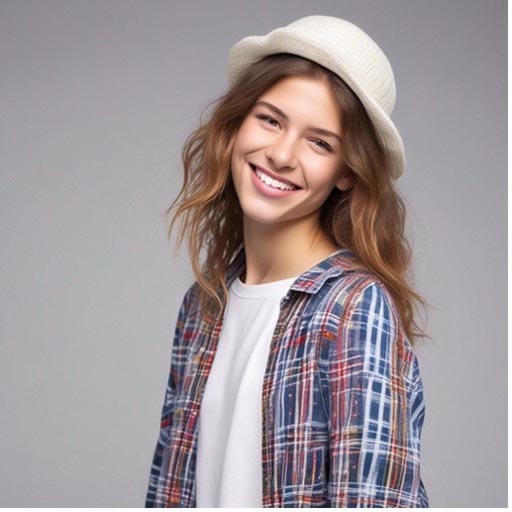
iStock Takes Its Turn
The previous images were created by Wonder.ai. What happens if we use another platform? Say, the iStock AI art generator? What do we get?
Meet iStock Lily:

Meet iStock Derek:

Meet iStock Hudi:

Meet iStock Michelle:

Meet iStock Brian:
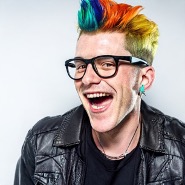
Each platform has its own approach to image generation, and in iStock’s case, the images are more realistic and have a slightly more commercial feel, likely because it’s drawing “inspiration” from its own stock library.
Getting the Images Right
Getting the image you want starts with the platform that creates images with the feel you are looking for. Then it requires working with the prompts. For example, telling the platform to create a “photograph” is different from telling it create an “image” or even “photo-realistic image.”
Here is what a photo-realistic image looks like:

Beautiful, but if you’re looking to create personalized label samples, it doesn’t look enough like a photograph to do the trick. If you’re needing other types of illustration, however, it might be perfect.
Here’s one of Hudi that is, again, a great image, but not enough like a photo to be used for this particular application.

Likewise, one of Derek:

The quality of these images is outstanding. But for the desired application, we asked for photographs. AI art generation is a great tool, but it doesn’t always obey. So if you are going to use it for commercial purposes, you’ll want to invest in a monthly, yearly, or volume credit subscription so you can play with the prompts, on multiple platforms (if necessary), to get exactly what you need. It might take three or four tries, tweaking the prompt each time, to get it right.
Making it a little easier is that some platforms, such as iStock, provide multiple generations for each prompt . . . like this:

But check the details. AI image generation has come a long way, but when it comes to details like, well, fingers, it still has a way to go.
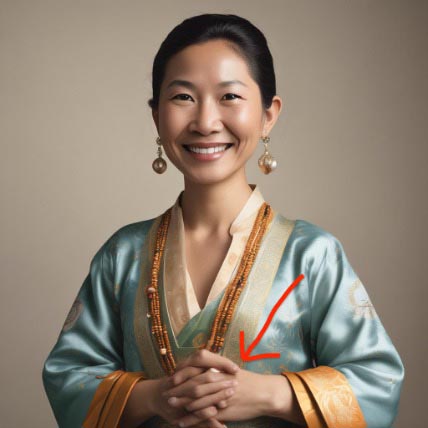
Oops.


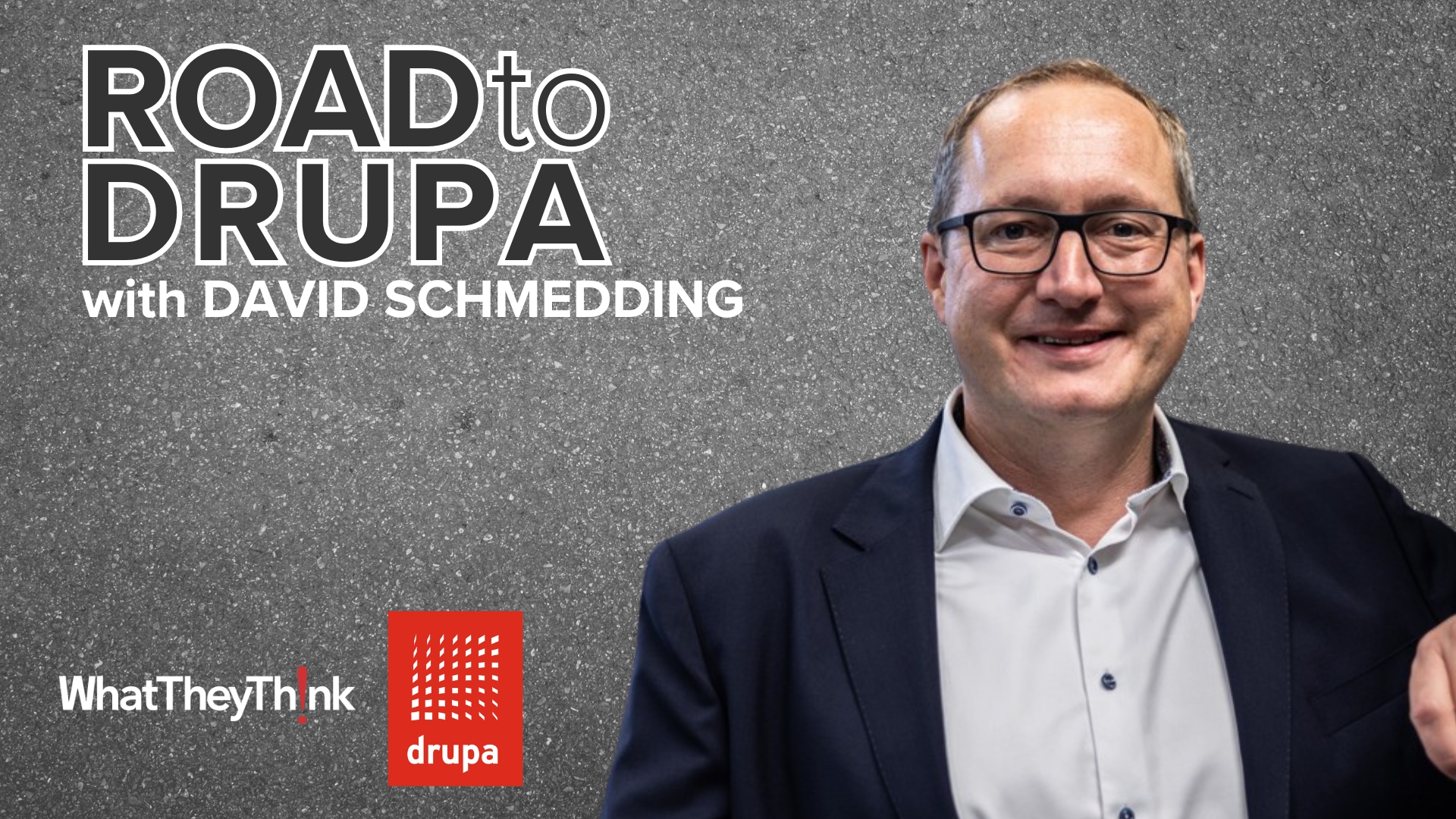
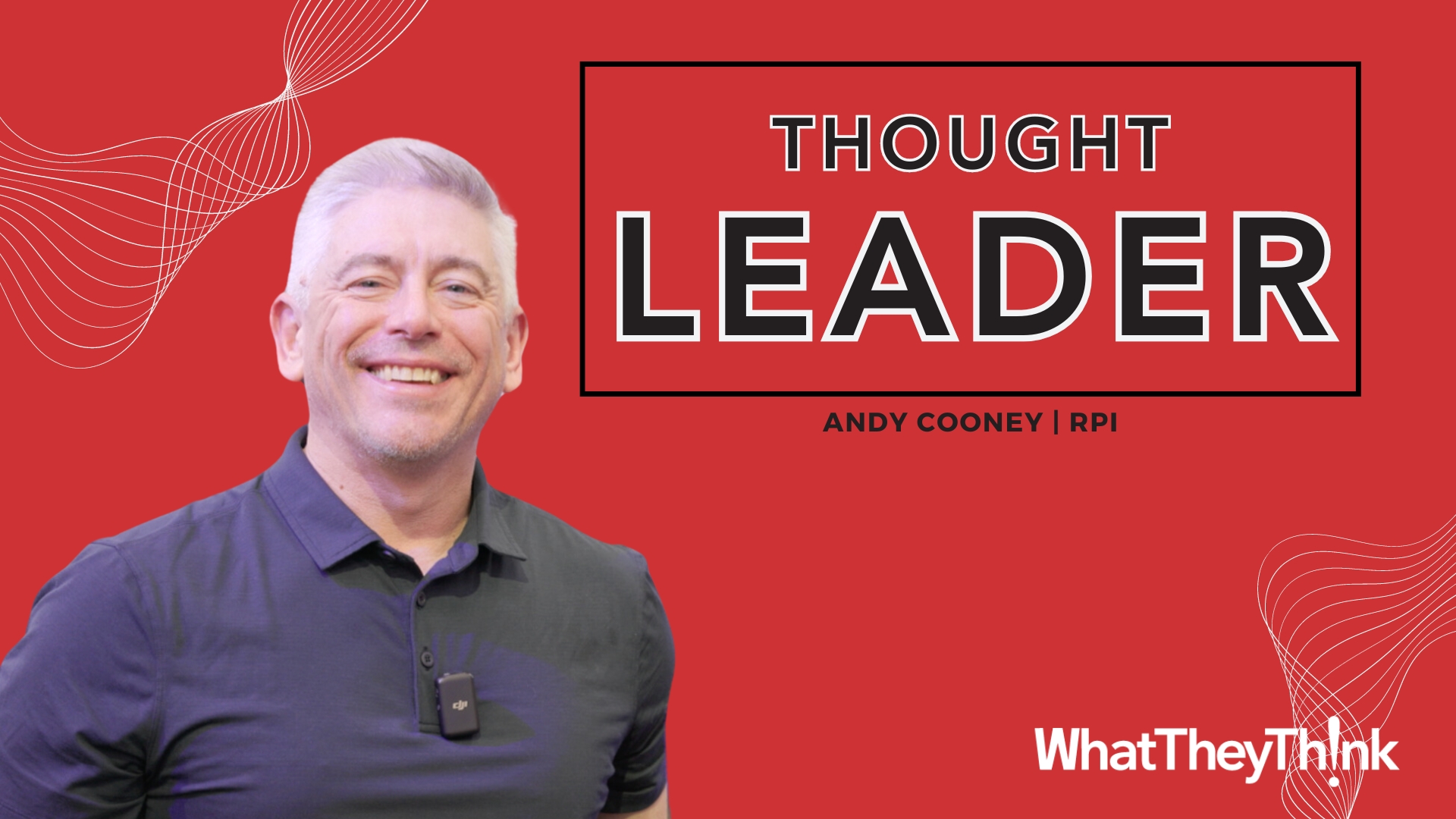
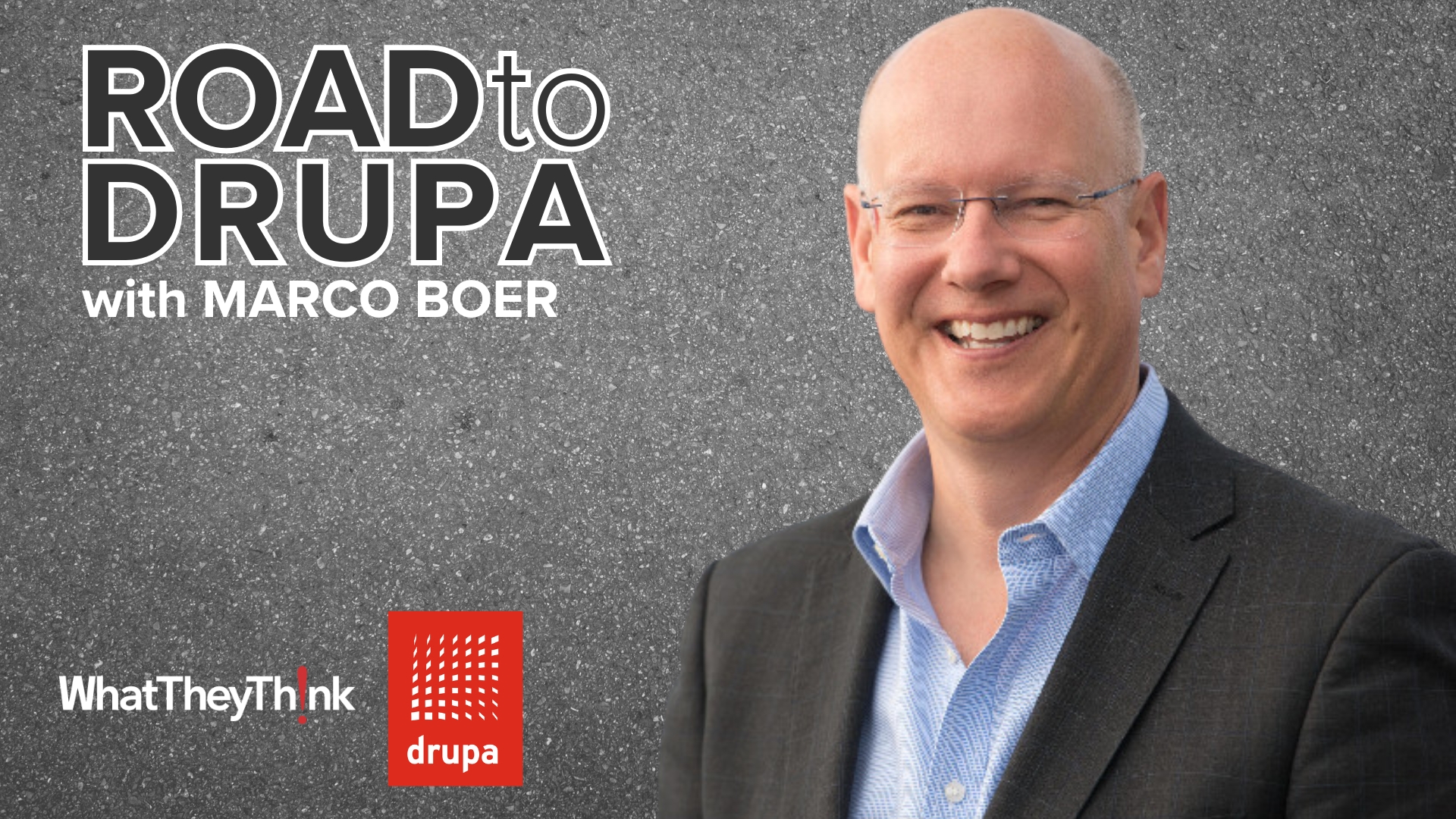
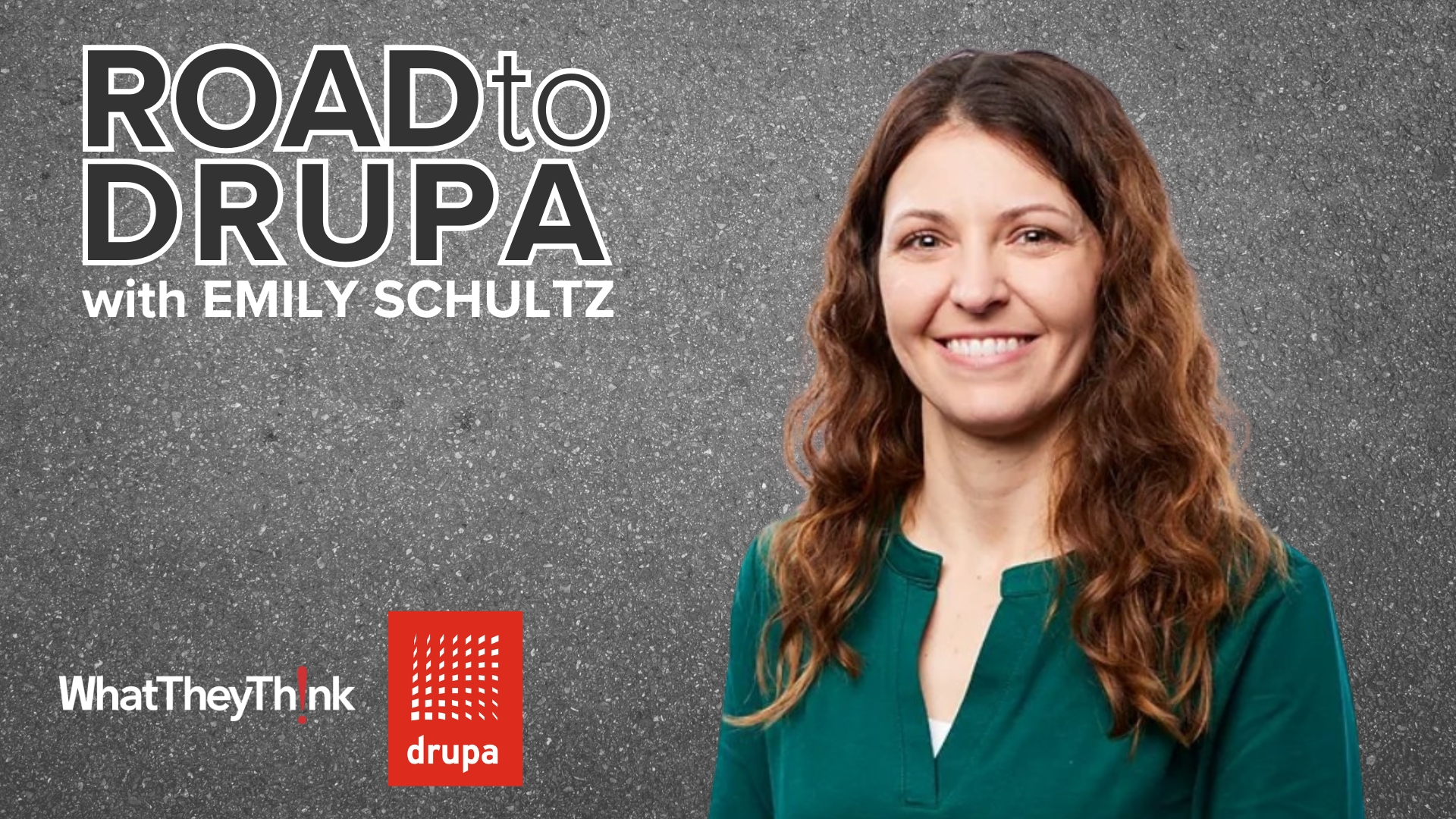
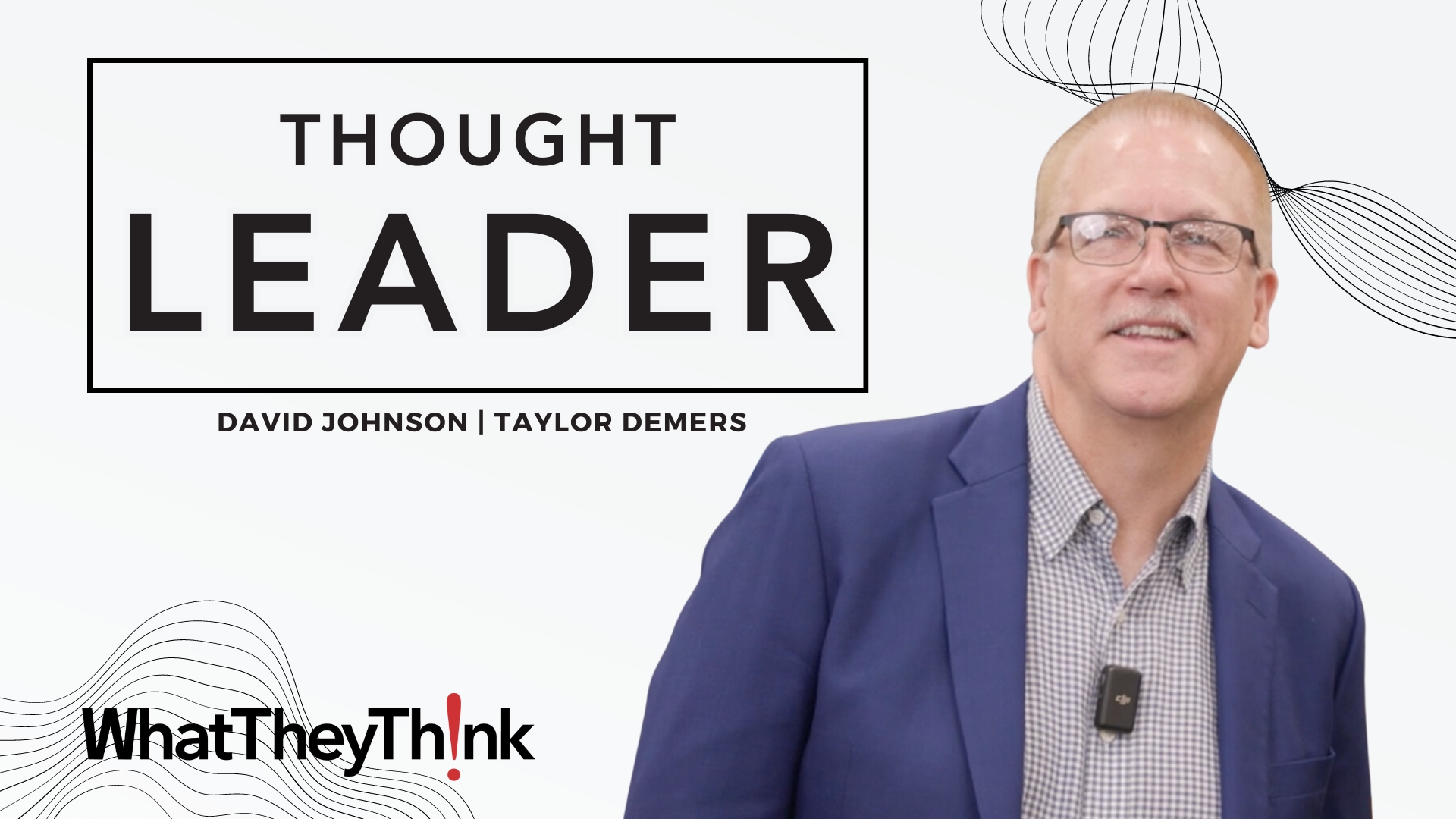
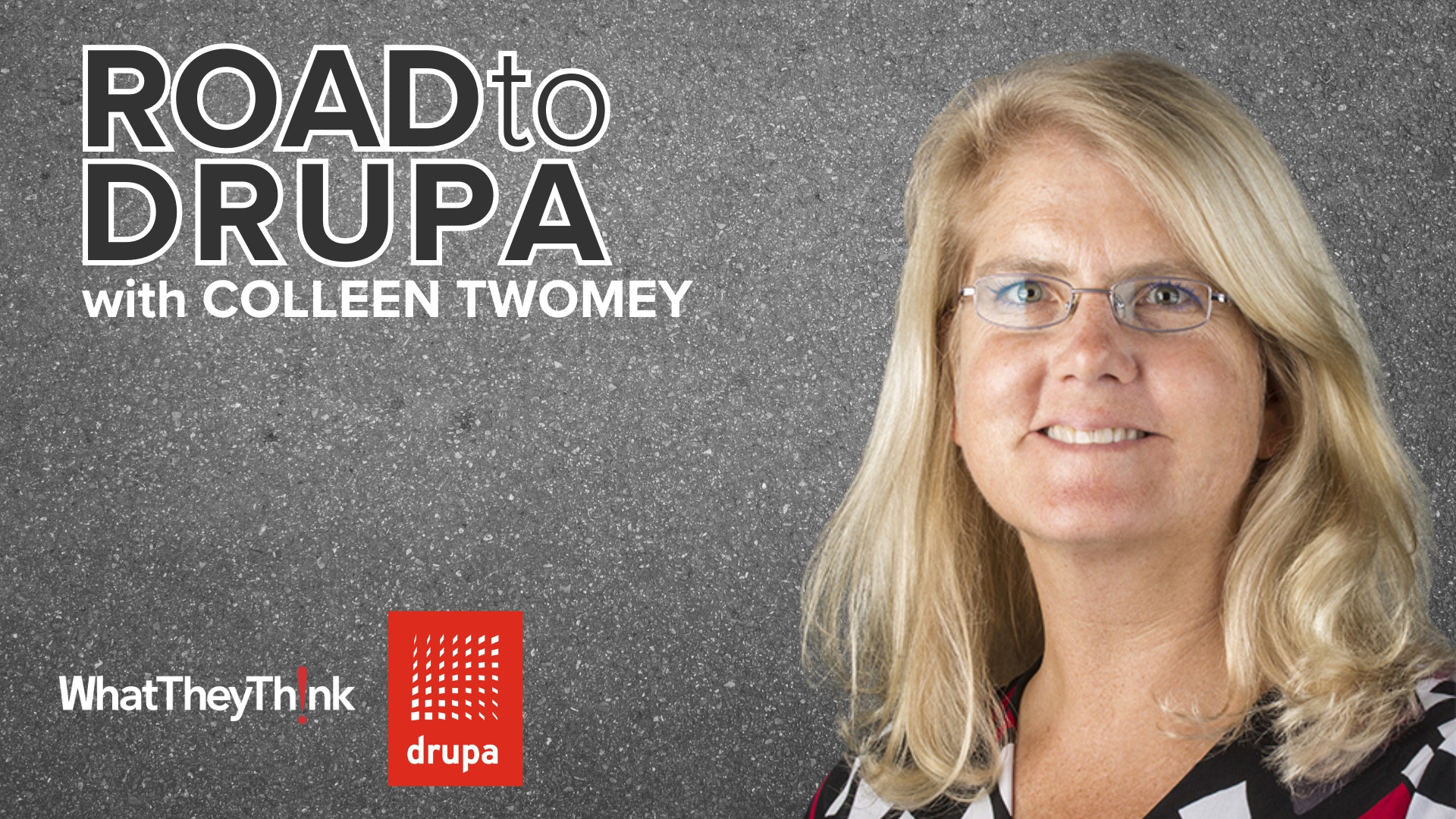


Discussion
Join the discussion Sign In or Become a Member, doing so is simple and free